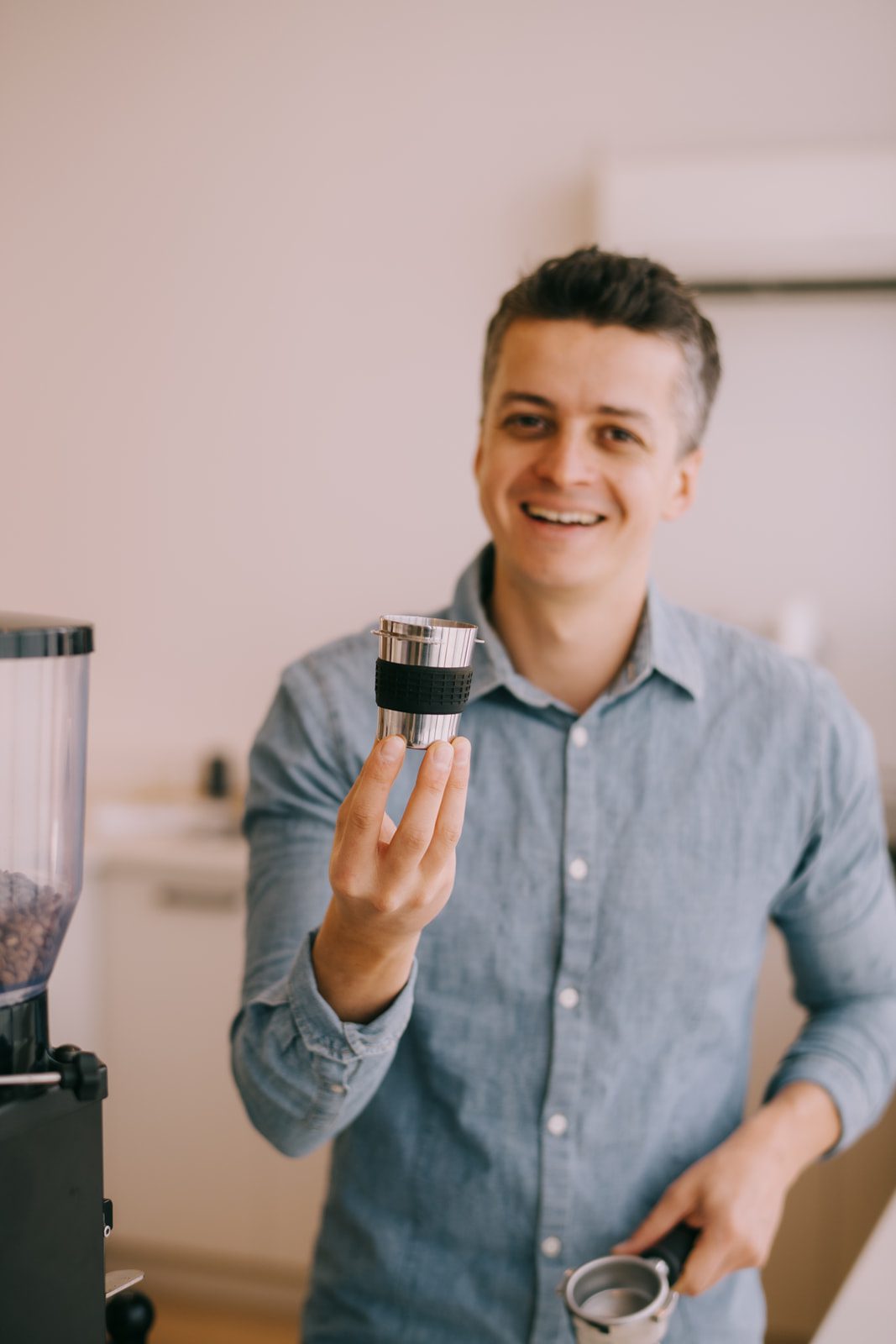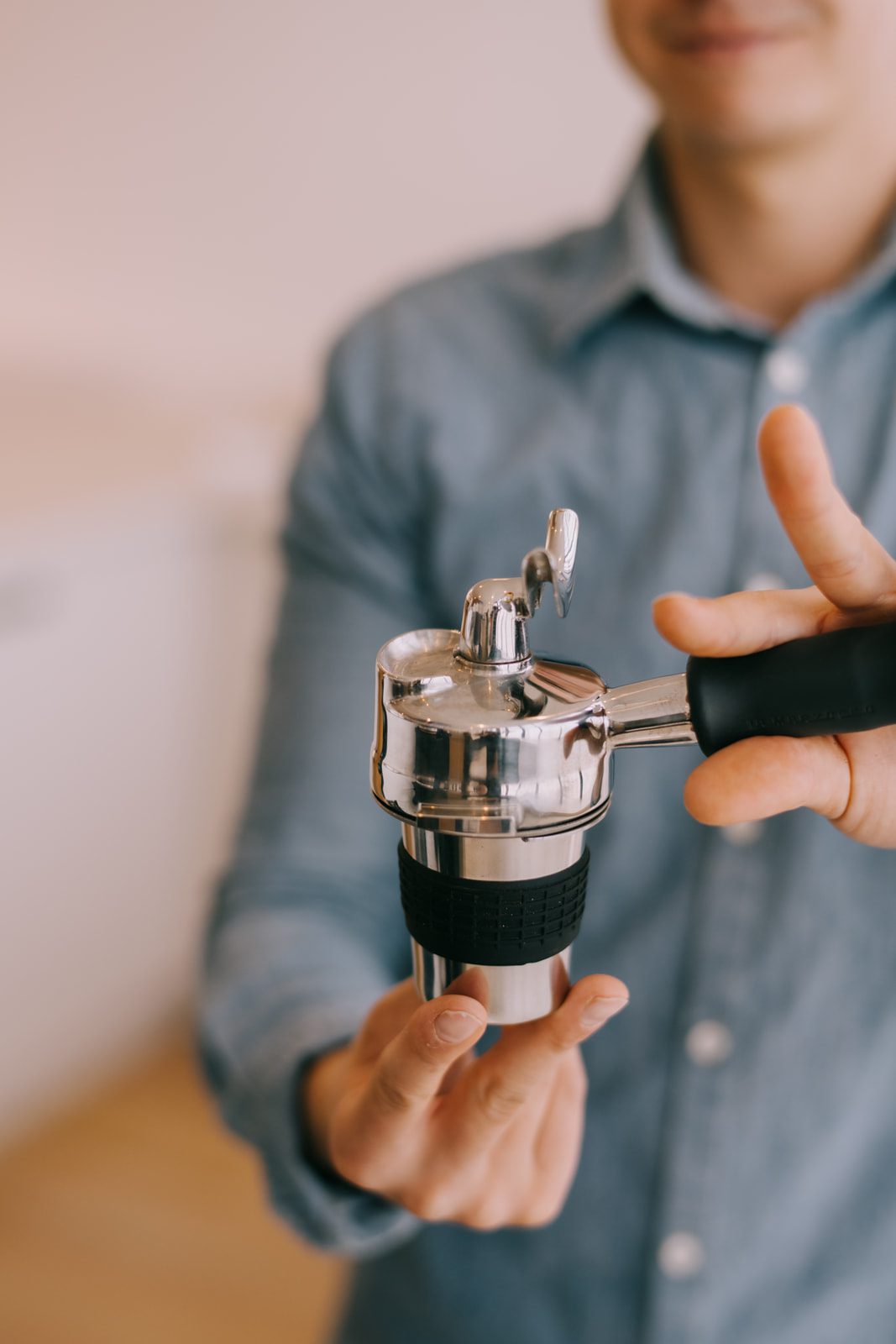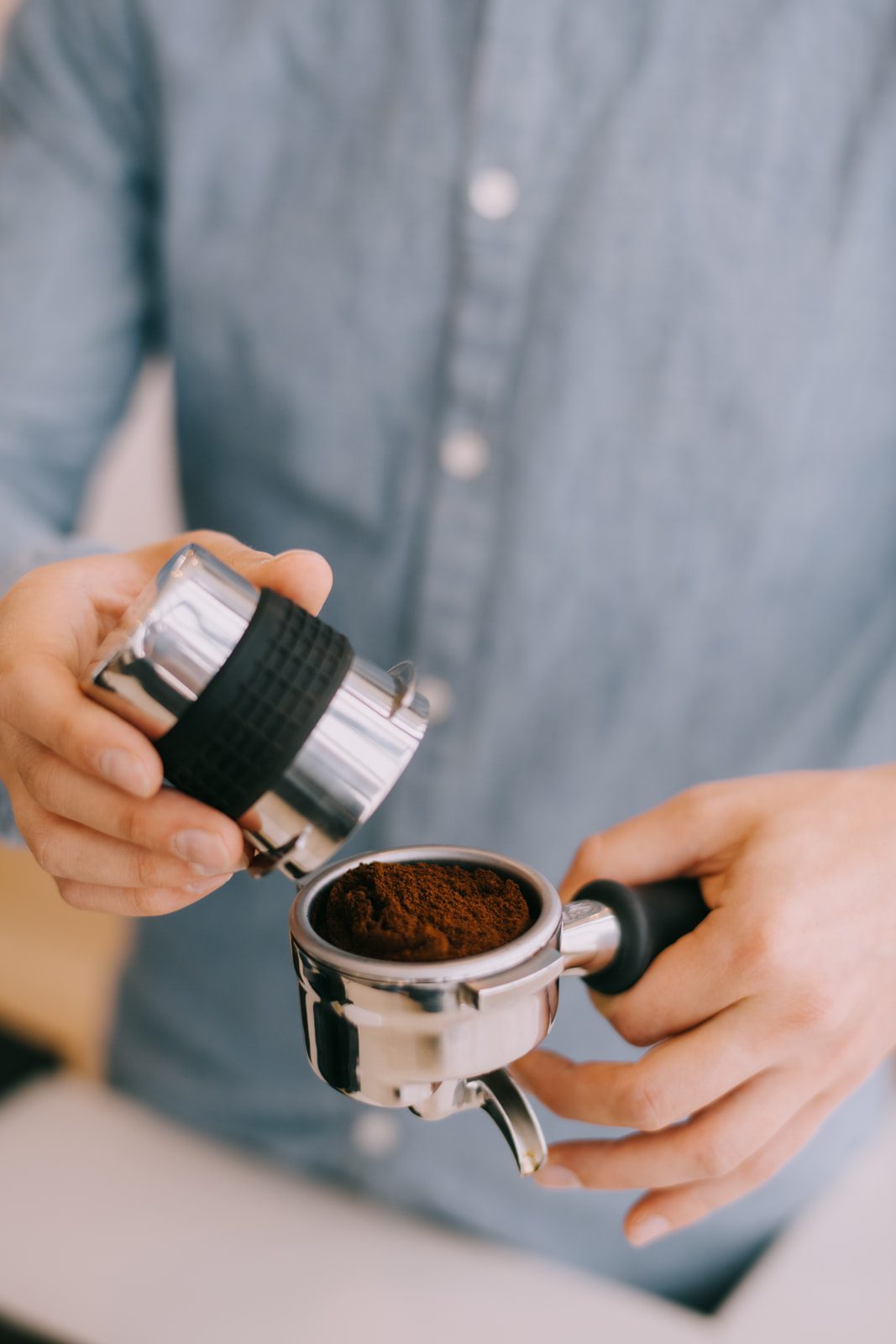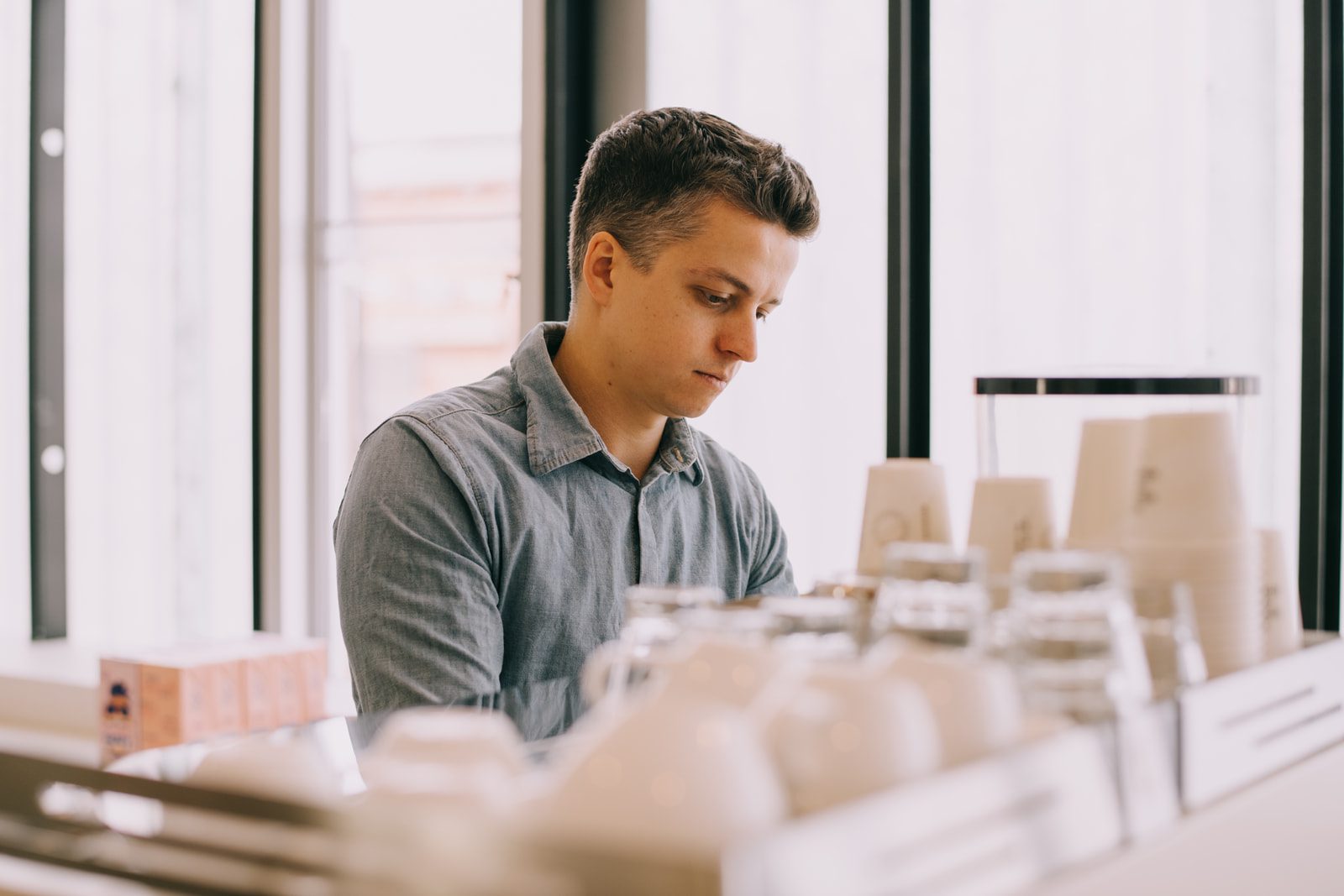





Four reasons why you should be using a dosing cup in your café


IS THIS THE SECRET TO CAFE SUCCESS?
Over the years working in cafes or closely with hundreds of cafes and thousands of baristas, we have identified three main factors that contribute directly to café success. Here they are in a nutshell:
QUALITY OF COFFEE
The quality and flavour of the beverage the barista produces, is the key to delighting the consumer and bringing them back time after time. This means using the best specialty coffee beans but also ensuring that the barista is able to extract optimal flavour in the cup.
CONSISTENCY
Making a great coffee one day and a bad one the next is a sure way to turn off patrons looking for a dependably delicious coffee every time. It is essential to enable our baristas to deliver a flavour experience that is highly consistent and builds a loyal customer base for the café.
EFFICIENCY
An efficient workflow with minimal wastage is essential to the profitability of every café. The right workflow methodology in the espresso extraction process will save time, labour and coffee – all three which will contribute to café success.
ENTER THE DOSING CUP
In our experience, using a simple tool like the dosing cup can help tick all these boxes and make a great impact on workflow efficiency and profitability for cafes. Here are good four reasons why we believe every barista making commercial espresso should be using one:
REASON #1: CLEANER & LESS MESSY
The issue with the common method of grinding coffee directly into the portafilter is that, unless you’re using a basket that is too big, your coffee will pile up into your basket and very likely spill over.
This means a messy bench that you’ll need to clean regularly, but also, you’re wasting coffee! We’ve observed that an average of half a gram of coffee wasted per shot is common in cafes dosing into the portafilter. This adds up to an additional 2% wastage (or roughly $0.5/kg of coffee used). This is a totally avoidable cost for the café.
Introducing the dosing cup eliminates this spillage saving time and wastage while keeping the espresso station looking great for the customer at all times.
REASON #2: EASIER TO WEIGH YOUR DOSE
As surprising as it may sound, most commercial grinders aren’t capable of dispensing the same amount of coffee every single time. Because most of them grind by time and not by weight, there can be natural fluctuations between shots that can vary up to +/- 2g. This means that unless you’re using a GBW (grind by weight) grinder or similar, you’ll need to check each shot to ensure you have the right dose before using it. This can obviously be done using the portafilter but the process is finicky – you need to tare your handle before grinding (yes, they’re all a different weight), then grind (have some spillage along the way…) then check the dose on a scale and adjust.
The dosing cup enables the barista to do the right thing and measure every shot (for optimal flavour and consistency) in a most time efficient manner. With the dosing cup placed directly onto a small scale on the grinder, the barista can immediately see what the dose is, without needing to re-tare.
REASON #3: IMPROVED ERGONOMICS
Weighing the whole portafilter requires a larger scale and thus can’t be done onto the grinder. This means you’ll need to allocate space on your bench to have a larger scale and this can be problematic for cafes that operate with a limited amount of bench space.
Once again, the dosing cup can sit nicely onto a platform or on the grinder itself and take less space on the bench.
REASON #4: FASTER WORKFLOW
Most people are surprised that, while it creates an additional step by having the transfer coffee from it into the basket or your portafilter, the dosing cup can actually help baristas be faster at making espresso . While you’re already saving time using the dosing cup by not having to re-tare your scale between shots, the biggest reason why the dosing cup improves your workflow is by allowing you to grind your coffee ahead of time.
In short, you grind coffee into your dosing, adjust the dose, transfer into your portafilter and immediately put the DC back onto the grinder and grind your next shot. By the time you tamp, insert the portafilter and extract your shot, your coffee should be finished grinding (even if your grinder takes over 8 seconds to grind a dose). Essentially – you’ll never have to wait for your coffee to be dispensed from your grinder which becomes incredibly important during the rush period.
We could go on with many more reasons why the dosing cup is great to use (breaks down coffee clumps, helps distribute coffee in the basket, reduces static, etc.) but these four should be sufficient to encourage savvy café owners and their baristas to invest in this very low cost tool to make their lives easier. And we’re confident your new toy will soon become your best friend!
Feel free to reach out to us if you want trusted tips and training on how to implement this workflow in your café. Our experienced team would be very glad to help. We want to see your specialty café grow with increased sales delivered efficiently so that profitability is maximised.
Your success is our priority.
Post Written by: Simon Gautherin – Coffee Excellence Manager, Zest Specialty Coffee Roasters